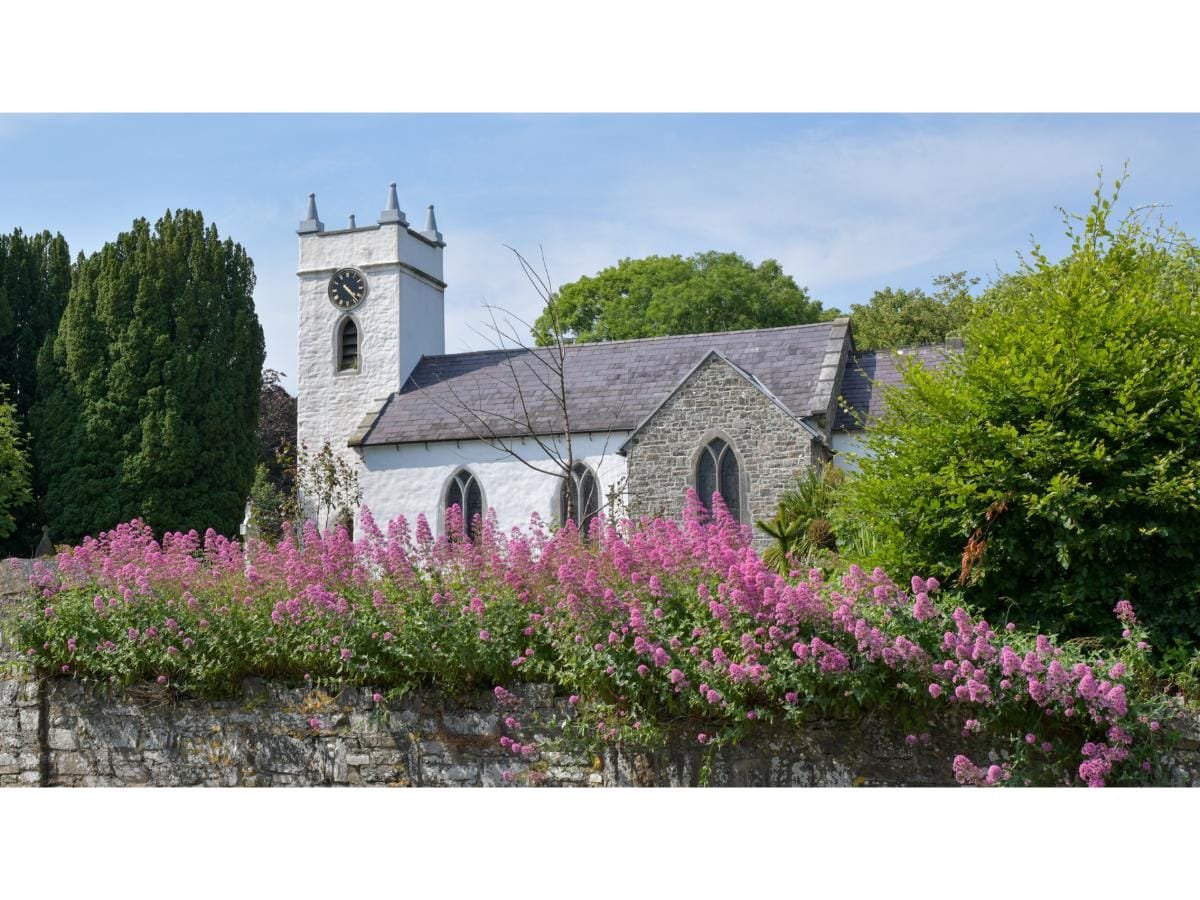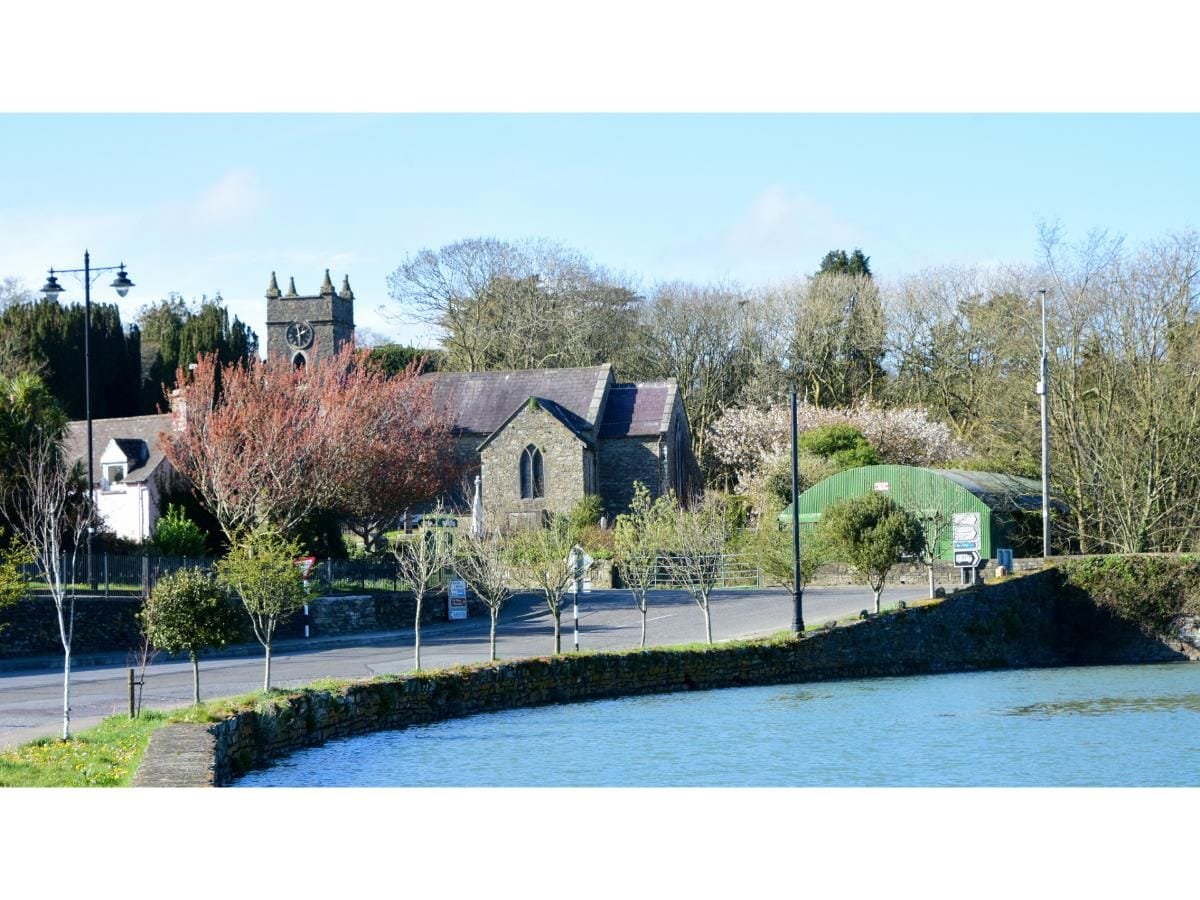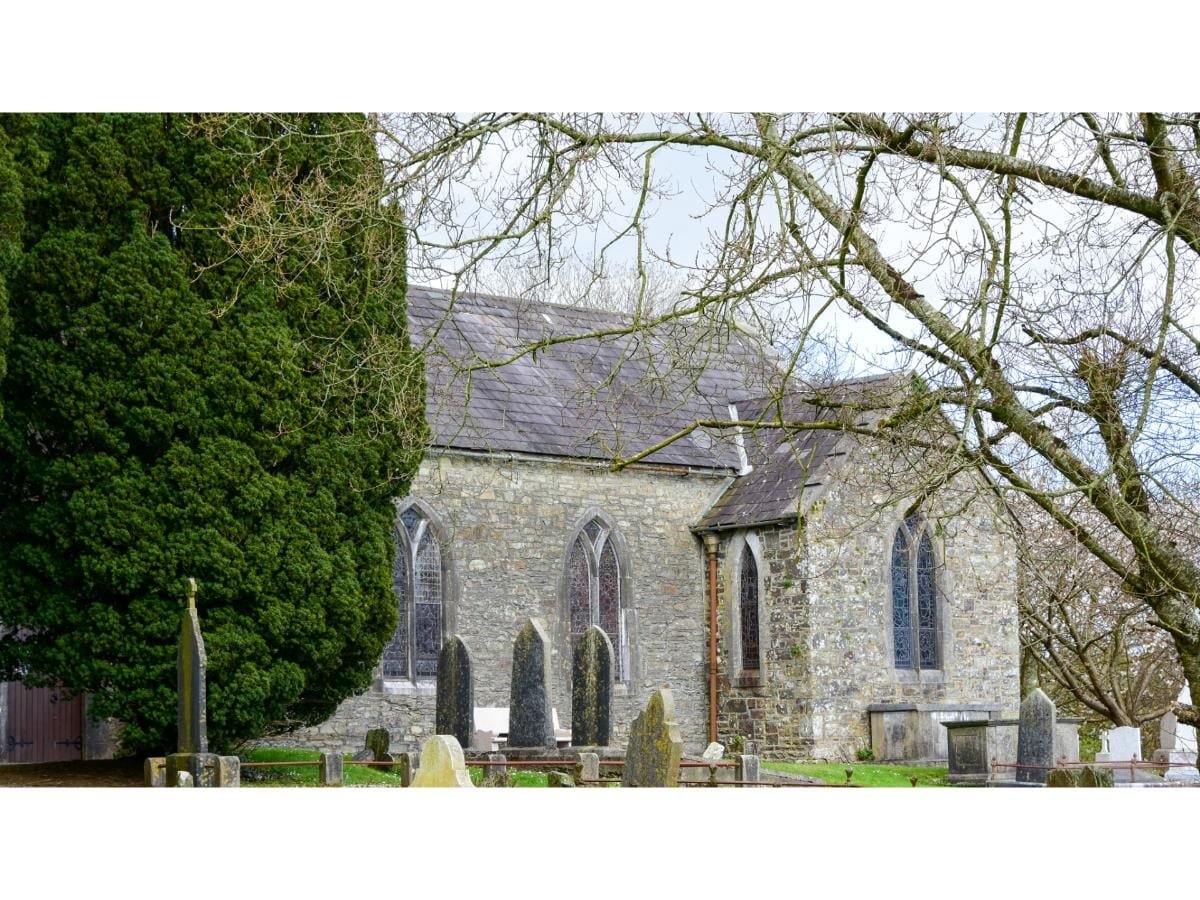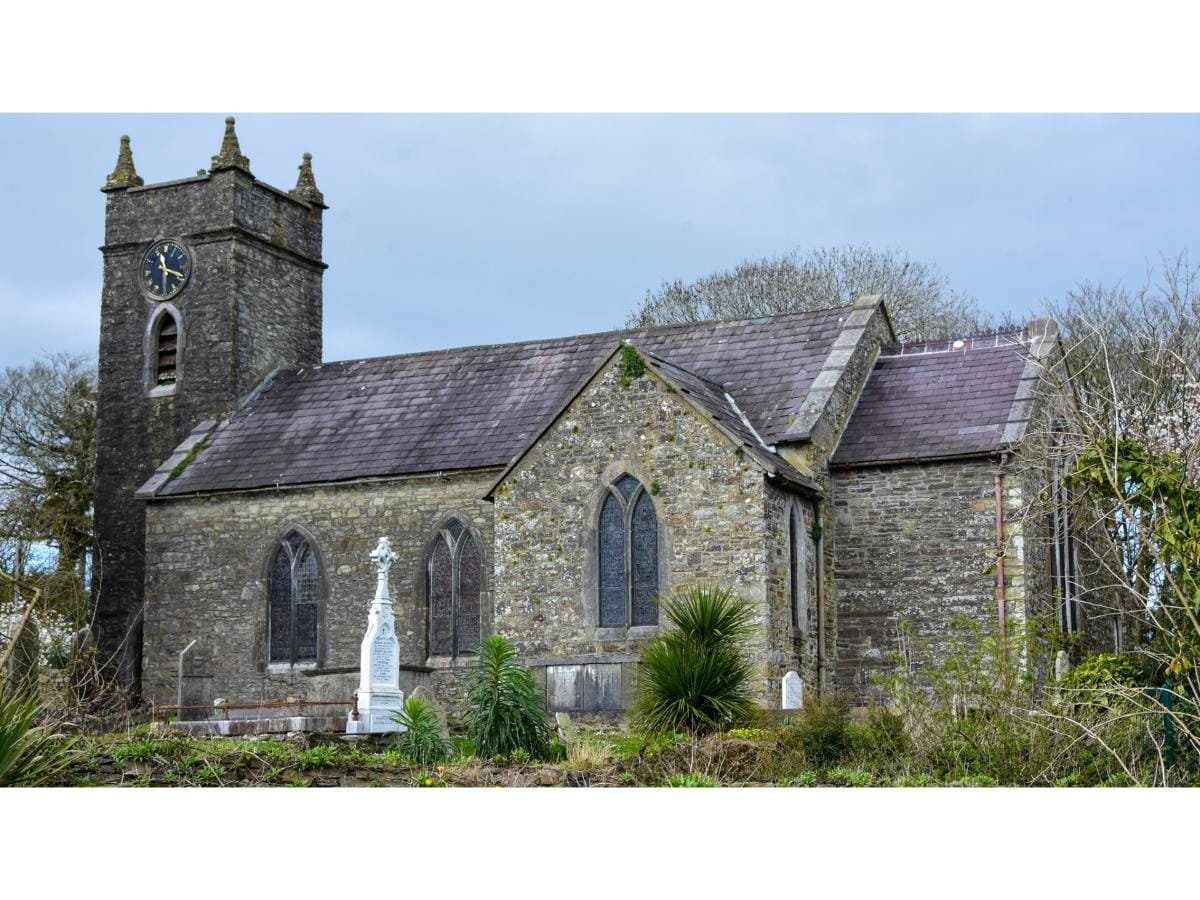Church of the Ascension
Step inside the Church of the Ascension in Timoleague, where breathtaking mosaics and intricate stained glass reveal a hidden world of beauty.

- Hidden Gem
- |
- Free Car Parking
- |
- Rainy Days
- |
- Family Friendly
- |
- Free to visit
Church of the Ascension
The present Church of the Ascension which was built in 1811 stands in a graveyard where there had been church from the earliest times. In a meeting between the parishioners and Dr. Thomas Stopford, Bishop of Cork & Ross, it was agreed to rebuild the parish of Timoleague, which was then in a dilapidated condition,, “re-using as much of the building material as possible”.
Building of the tower and nave of the present church was begun in 1802 but before the pitch pine roof timbers arrived from the Baltic the Napoleonic Wars broke out again, the Continental Blockade was re-imposed, and the building could not be completed until 1811. The East Window was installed in 1865. The then Bishop, Dr. John Gregg, refused to consecrate it as its depiction of the crucifixion was considered a “grave image”.
Until the early years of this century a curtain had the offending panel. Lionel Fleming , the author and journalist, recounts in his autobiography “Head or Harp” how the window was attacked on two occasions by irate parishioners! The south transept was added, the pulpit put up, in 1890.
The pulpit is of marble and white Caeu limestone from Normandy. At about this time the stained glass windows in the nave and south transept were erected, in memory of various members of the Travers, Beamish and Steward families. The organ was installed in 1890. In 1894 Mr. Robert Augustus Travers of Timoleague House put up the magnificent mosaic and gold leaf on the chancel walls together with the painted ceiling and polished Kilkenny Marble wall panels. The “angle” font dates from 1902, a copy of a Renaissance statue in Rome. The mosaic in the nave and south transept date from 1918.
The remaining south wall had mosaic erected in 1926 to complete the interior. This was done at the expense of HH the Maharajah of Gwalior. The Maherajah wished to erect a memorial to his personal physician, Leiut. Col. Crofts, IMS, from Concamore. Crofts had saved his eldest sons’s life. A portrait of the Maherajah and Crofts is presently on disply in the church porch.The church also contains many interesting stained glass windows. The town clock was erected in the tower in 1908 and was electrified in 1938.
How to find us
Contact Details


